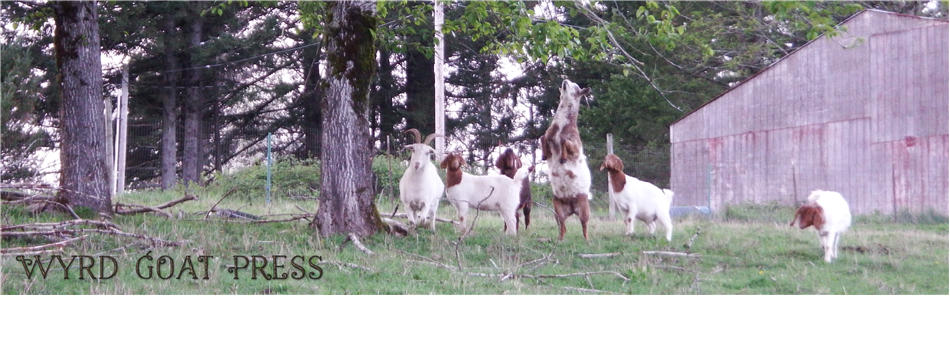
KZ Miller
Flashlights, extra batteries, knee pads, climbing harnesses, a helmet, a head lamp, water, candy bars, a first aid kit and an emergency blanket.
I had everything I needed except rope. The men would carry the rope.
We hiked through some of the most unattractive woods I’ve ever seen. Snags and rotting, fallen trees mingled with a thin scattering of scraggly douglas fir, tangles of huckleberry and snowberries, and brown-edged ferns. The dry, high mountain conditions made the air crisp and clean, but we were near the timberline and what few plants survived here had to endure a long winter burial followed by an arid, unrelenting summer.
The cave entrance didn’t look like much. A small section of a twelve-foot diameter lava tube had collapsed, creating a pit of rock and thin scrub. We climbed down and squeezed into darkness.
Caves smell like damp earth and raw stone. The air is moist and cool, forever in shadow and insulated by rock and forest duff. Where the lava tube is whole, the ground, walls and ceiling are smooth. Molten lava once ran through these tubes, the outer layer cooling and hardening while the inner part ran liquid and red until the source tapped out. When the mountain roared to life again, lava would run through the same tubes again, adding another layer. Weakness, faults and earthquakes broke down the ceiling in places, exposing the tube’s older layers above us. Some of the breakdown boulders we climbed over were monstrous, as big as cars, or bigger. If one came down on me ....
But the stones that remained in place had endured centuries of disturbances. It was stable.
In theory.
Tubes branched off, or connected with other tubes above, below and to the side. This wasn’t a simple drain pipe. This was a maze, an interwoven series of caves all created by the same events. The lava had seared through into other tunnels, the flows joining and separating and rejoining, going deeper, forced upward, choking off and then opening into big caverns, the spaces as mutable as water. Where solid stone had been dragged along the tube floor, ridges like train tracks ran parallel to each other for over a hundred yards. We’d come across cliffs and have to use ropes to climb down, and then climb up again farther down.
We’d reached our chosen exit. A narrow ledge, about ten feet off the tube floor and barely wide enough to lay on, led to a hole leading up to the surface. At first there was plenty of room, but then it tightened down. The men coached me to lead with one arm and I was glad of it. With both arms up I wouldn’t have been able to worm my body through the hole as effectively and it would have made my shoulders too broad to pass through. With both arms down I wouldn’t have been able to grope for a handhold and pull myself by my fingers while I sought a toehold with my feet. Inch by inch I pushed and pulled and squirmed. For a moment, at a bend, I feared my thighbones were too long to make the curve. My feet couldn’t touch anything anymore. I had to work just with my arms and the shifting of muscles along my torso. Sweat streamed down my face and made my hands slippery. The only reason I didn’t panic was because I knew that someone taller than me had made it through. Still, my heart pounded, and I wasn’t sure how much longer I could struggle. The heat in my core and the cold stone against my skin made an unpleasant, almost nauseating contrast.
Then, warm fingers touched mine. “You’re almost there,” my guide told me. His voice soothed me. More, his tone expressed a deep knowledge and respect, as one who had gone through this way many times before, and knew what it took for me to get this far.
He didn’t pull me up. He couldn’t help that way, but he spoke quietly and guided my hand to handholds and advised me to turn so that I emerged face up into the small grotto.
At the grotto’s entrance, the sunlight blazed like golden fire.
It was time to go home.
You can find more of K.Z. Miller’s writing at her blog or at her website.